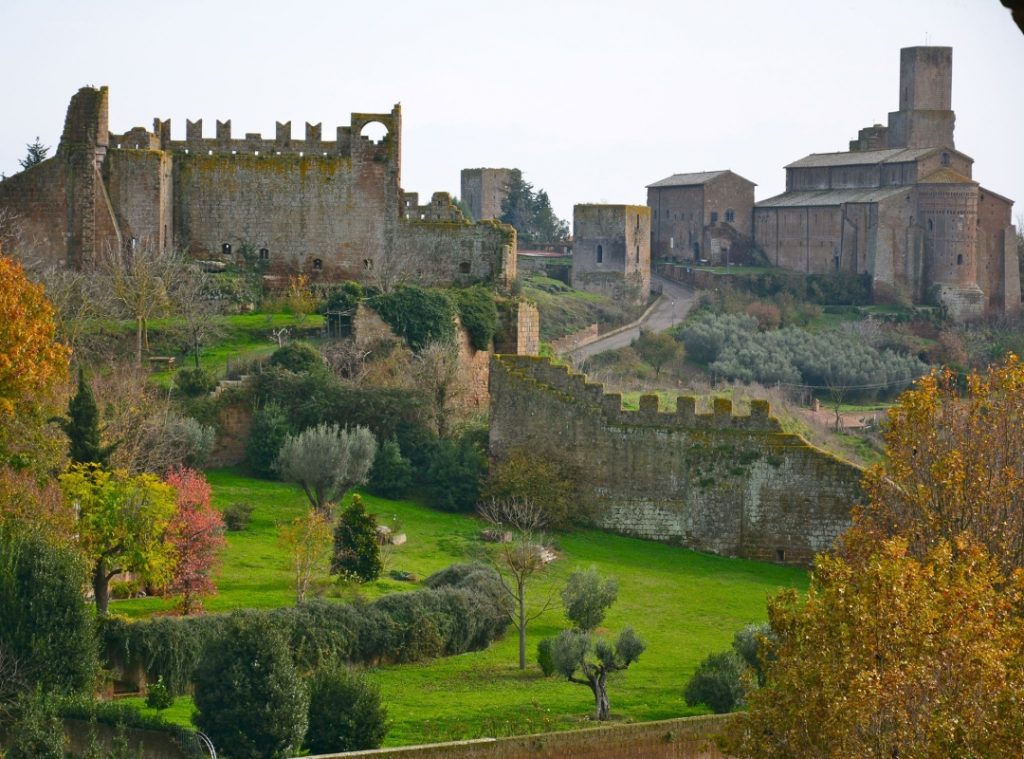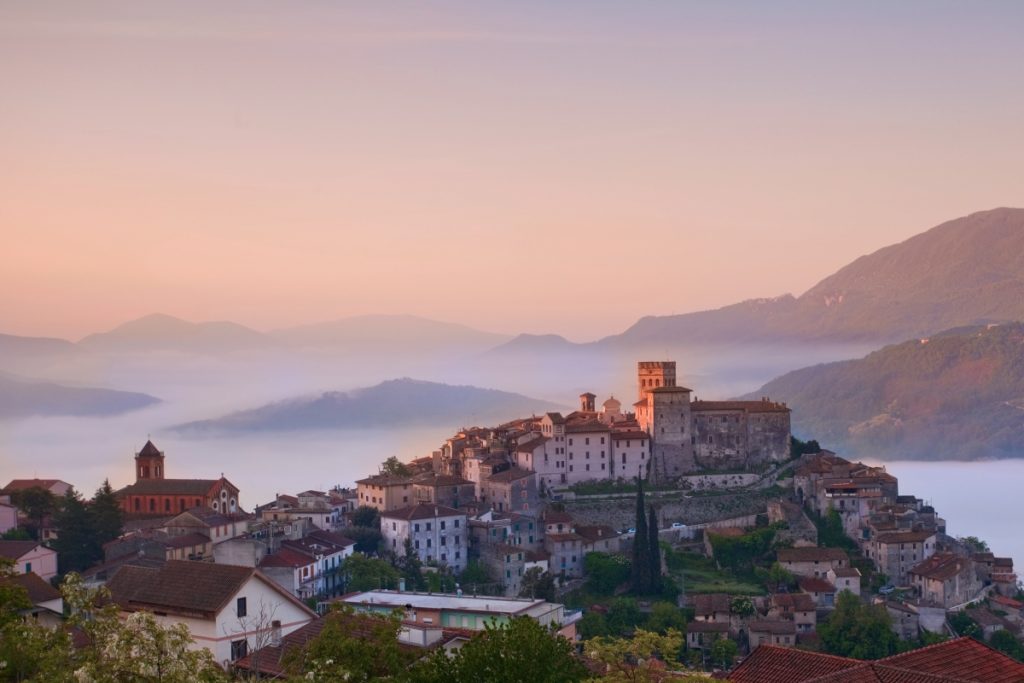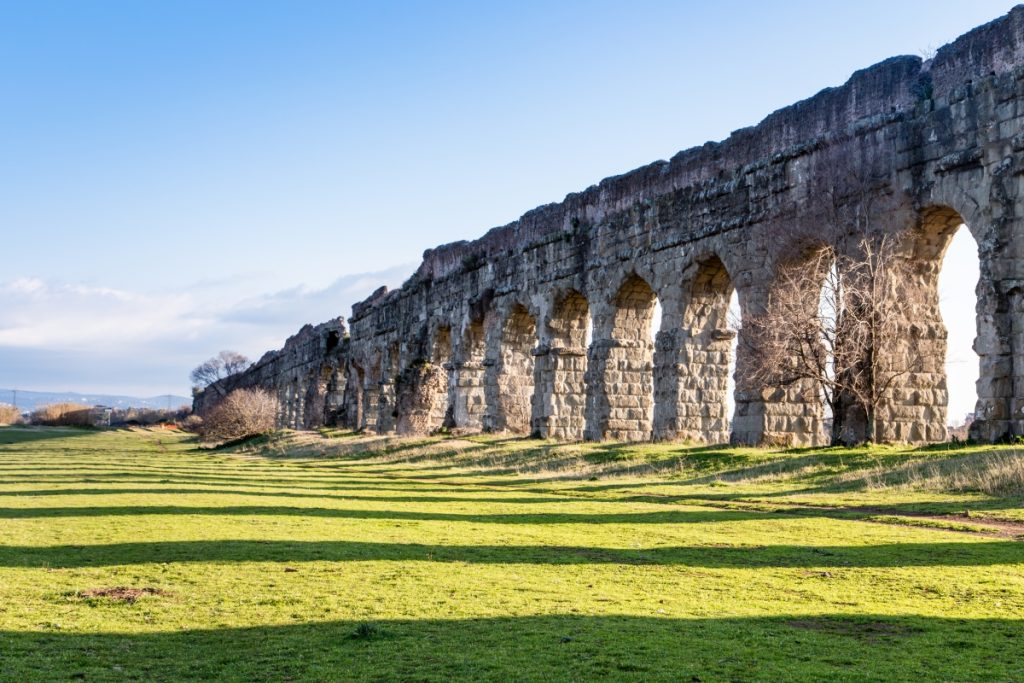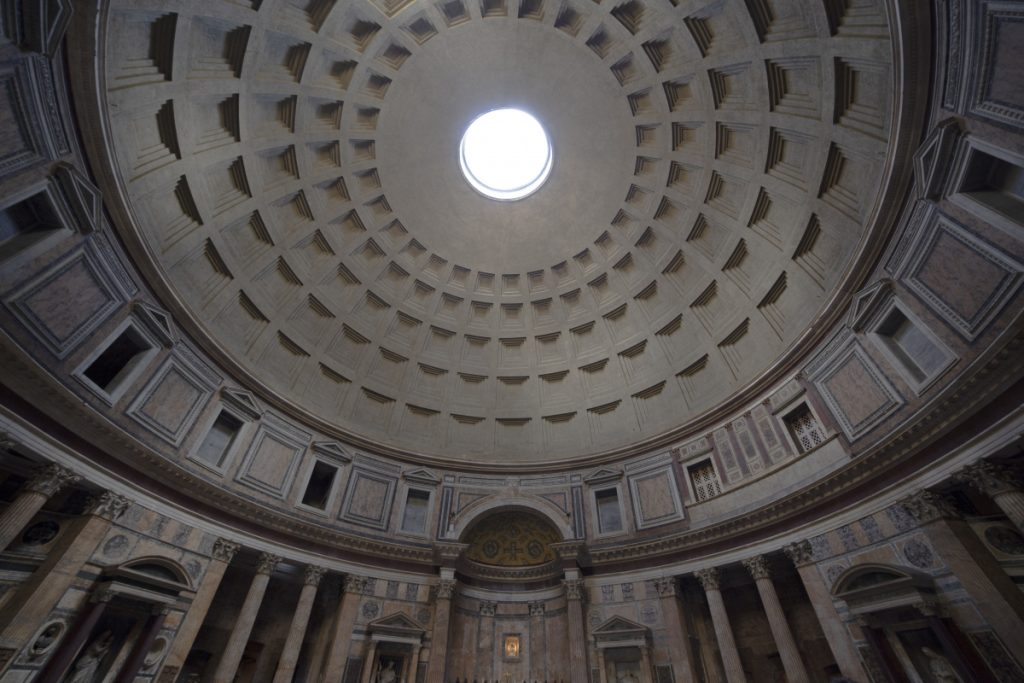Many travelers, however, race to Rome and unknowingly miss the Lazio best-kept secret waiting just beyond. In these quieter landscapes, by contrast, history feels more personal and the air noticeably more generous. Beyond the city, Lazio instead reveals a version of Italy rich in sacred silence, forgotten stone, and daily beauty that consistently rewards those who choose to linger.
Lazio Best-Kept Secret Lies in Sacred Simplicity
In Albano Laziale, the Castello del Rivellino and the nearby Basilica di San Pietro form a quiet pair. While their history reaches back centuries, what stays with the traveler is their presence—solid, serene, untouched by tourism’s hurried hand. They don’t need to impress. They simply endure, and in doing so, they move.

Stone Villages with a Pulse
Roviano rises on a rock like a watchtower over Lazio’s green valleys. It feels ancient but not abandoned. There’s life in the village, in the scent of firewood, in old hands at work, and in footsteps echoing through narrow alleys. Here, the region’s heart beats quietly but clearly, far from guidebook noise.

Where Ruins Still Breathe
The Acquedotto Claudio, once Rome’s lifeline, now arches gracefully across Lazio’s wild edge like a chapter left open. When walking beside it in the Parco degli Acquedotti, visitors often find something rare—grandeur without spectacle. Indeed, it’s one of the key pieces that make up the Lazio best-kept secret: overlooked legacies quietly hiding in plain air.

A Circle of Sky and Stone
Even within Rome, echoes of Lazio’s wider character still remain. For example, the interior of the Pantheon’s dome filters daylight gently through its open oculus, naturally drawing eyes upward and thoughts inward. Despite the crowds, the space remarkably feels untouched. In fact, it’s a moment of awe that belongs to the region as a whole—quiet, sacred, and elemental.

Travel Doesn’t End in Lazio
To discover other underrated corners of Italy, explore the Abruzzo travel guide, discover dramatic coastlines in Liguria, or uncover rustic traditions in Piedmont.
For more, visit the official Lazio page or explore updates from Rome’s tourism portal.


